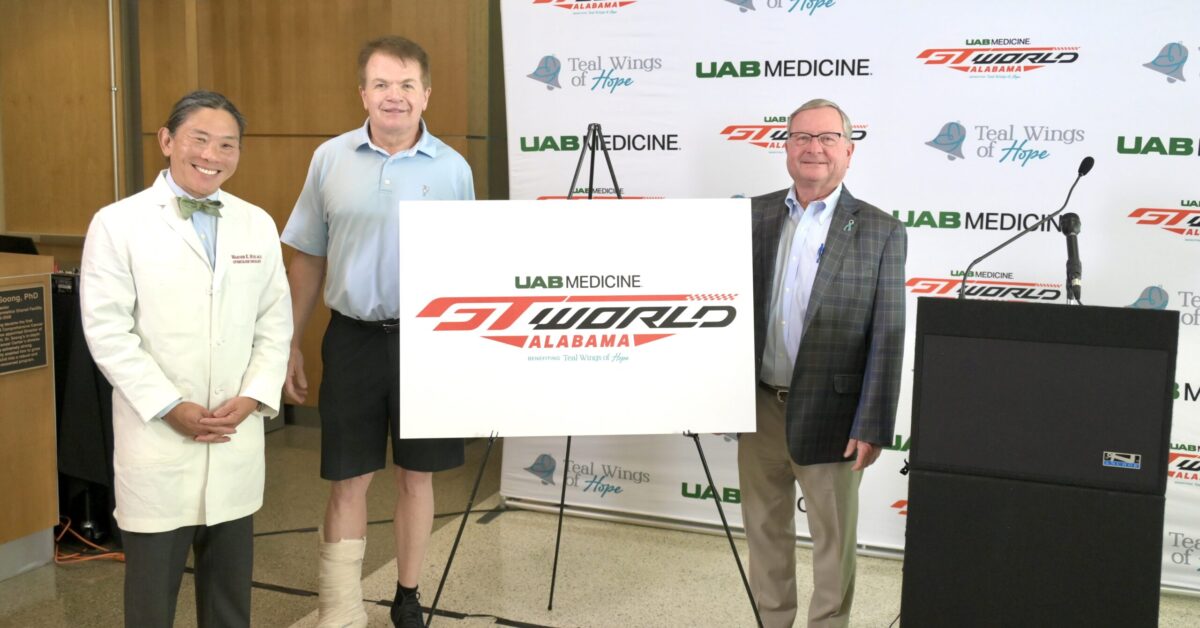Urban Land Institute of Alabama explores latest trends and Opportunity Zones
Reading time: 4 minutes

Last week, the Urban Land Institute of Alabama (ULI) held its Trends in Real Estate 2019 Luncheon at Sloss Furnaces, featuring Anita Kramer, ULI Senior Vice President and a panel of local economic experts.
The presentations and discussions centered around emerging trends and newly established Opportunity Zones.
Emerging Trends in Real Estate

Kramer focused her presentation on the recently released publication, ULI Annual Emerging Trends in Real Estate, United States and Canada 2019 report. Celebrating its 40th edition, the report is based on interviews and surveys nationwide and regionally from a wide range of industry experts, including investors, fund managers, developers, property companies, lenders, brokers, advisers, and consultants. It is considered the most highly regarded and widely read report that forecasts trends in the real estate industry.
Trends – Outlook is good
According to Kramer, despite volatility in the stock market and global questions about trade and Europe, when asked about the “Expected profitability of your business” respondents in the report maintained that the future looks bright for the coming year. 78.8% of the professionals surveyed in the report said the outlook is good-excellent, 20.4% fair and only 0.8% abysmal. Here is the graph that shows how the outlook has varied over the past 13 years.

25th Inning
An interesting take-away from Kramer was this slide comparing economic growth in the U.S. to the longest Major League Baseball game ever played.

Since the Great Recession in 2009, the country has experienced continual expansion (albeit not always robust) for nearly a decade.
Birmingham – an 18-hour city
Locally, Kramer declared Birmingham on the cusp of being — and having all the elements to be — an 18-hour city. An ‘18-hour city’ has been defined as a second-tier city (not a NYC, Houston, or Chicago) that’s characterized by urban population growth, a thriving economy, and a lower cost of living than other large-scale metro areas. These cities don’t keep the standard 9-to-5 hours associated with the suburbs, but they don’t operate on a 24/7 basis either. Denver, Nashville, and Raleigh-Durham are examples of 18-hour cities.
Panel: Opportunity Zones

After Kramer’s presentation, a panel that included the City of Birmingham’s Josh Carpenter, Anoop Mishra with the Federal Reserve, and Scott McClain from Huntsville, discussed emerging trends statewide.
One of the topics examined were Opportunity Zones.
“Birmingham did an extraordinary job of pulling together a public-private partnership to actually secure Opportunity Zones. Before we made a proposal to the governor’s office, we went out and solicited input from small businesses, investors, and post-secondary education institutions. We ended up getting 28 letters of support for our proposal which resulted in us getting 24 Opportunity Zones which is a disproportionate share of the governor’s discretionary total in the State of Alabama.”
What are Opportunity Zones?

From the Internal Revenue Service, an Opportunity Zone is an economically-distressed community where new investments, under certain conditions, may be eligible for preferential tax treatment. Localities qualify as Opportunity Zones if they have been nominated for that designation by the state and that nomination has been certified by the Secretary of the U.S. Treasury via his delegation of authority to the Internal Revenue Service.
This new program was established in the Tax Cuts and Jobs Act that was passed in December of 2017.
77 of 99 neighborhoods
Within the 24 Opportunity Zones in Birmingham, 77 of the city’s 99 neighborhoods will be able to take advantage of this new economic revitalization incentive, according to Carpenter.
ULI Alabama

Attended by real estate and community leaders throughout Birmingham and the state, last week’s luncheon ended a successful year of ULI Alabama programming for its membership that ranged from “making your communities more walkable” to exploring how to become a “beloved community.”
To learn more about ULI Alabama, visit their website at: ULI Alabama



